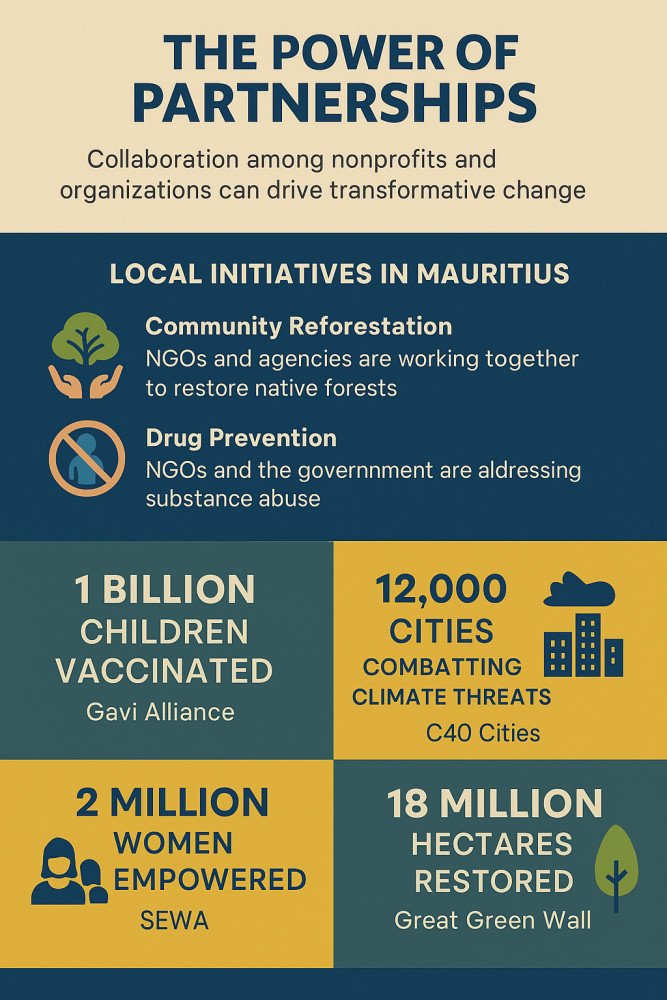

What is an AGM and Why It Matters ? A Simple Guide for NGOs
For many NGOs and community groups, organising an Annual General Meeting (AGM) feels like a difficult task. Between busy schedules, limited resources, and unclear procedures, it often ends up being delayed — or worse, skipped.
But an AGM is not just a formality. It’s a vital part of your organisation’s health and growth. Think of it as your NGO’s annual health check-up — where you pause, reflect, report, and plan forward with your members involved.
Let’s break it down — what is an AGM, why you need one, and how to prepare for it without the stress.
✅ What is an AGM?
An AGM (Annual General Meeting) is a yearly gathering of your organisation’s members. At this meeting, you:
Present your annual activity report
Share your financial report (usually audited)
Hold elections for board or committee members (if needed)
Discuss future plans and direction
Allow members to ask questions or give feedback
It’s usually required by law or your constitution, but more importantly, it’s a tool for transparency, accountability, and community engagement.
💡 Why is the AGM Important?
Here’s why your AGM should not be missed:
📜 Legal Requirement: Most NGOs are required by law or registration rules to hold an AGM.
🔍 Transparency: Members and donors can see how funds were used and what was achieved.
💬 Participation: Members have a voice in decisions, plans, and leadership.
📈 Planning: It sets the stage for your next year of action.
🤝 Trust Building: Shows partners, donors, and the community that your organisation is responsible and well-run.
🪜 How to Prepare for an AGM – Step-by-Step
Organising an AGM doesn’t have to be overwhelming. Here’s a simple roadmap:
1. Check Your Constitution
Start by reviewing your organisation’s rules:
When must the AGM be held?
How much notice must you give members?
What is the quorum?
How are elections managed?
2. Choose the Date and Venue
Pick a date that gives you time to prepare. Choose a venue that is accessible for your members — or go virtual if your constitution allows.
3. Prepare Key Reports
You’ll need to present:
An Activity Report – What you’ve done during the past year
A Financial Report – How you used your funds
A Plan and Budget – What you plan for the coming year
4. Send Out Invitations
Give 2 to 4 weeks' notice, depending on your constitution. Include:
The agenda
Reports or summaries
Details of any elections
Link or location info
5. Collect Nominations (if required)
If elections are due, ask for nominations in advance. Make sure candidates are eligible and willing to serve.
6. Prepare the Agenda
A simple agenda might include:
Welcome & introduction
Reading and approval of previous minutes
Presentation of reports
Elections
Discussion or questions
Closing remarks
7. Confirm the Quorum
Check if the minimum number of members are present before starting. If not, your meeting may not be valid.
8. Run the Meeting
Stick to your agenda. Keep it professional but friendly. Allow space for questions and discussion.
9. Take the Minutes
Write down the main points, decisions, and any votes. These minutes are part of your official records.
10. After the AGM
Share the minutes with members
Submit any required reports to your registrar or authorities
Update your records (board list, finances, etc.)
Begin working on new plans


